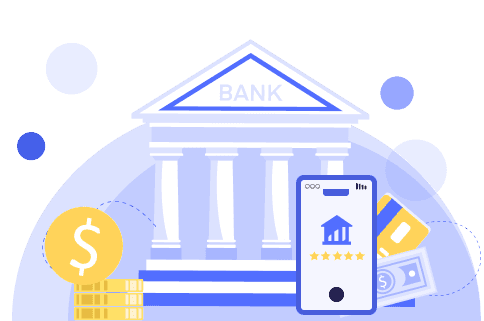A high-yield savings account is a type of deposit account that typically offers higher interest rates than a traditional savings account. These accounts are designed to help your money grow faster by earning you more interest on your deposits.
A high-yield savings account combines the accessibility of a regular savings account with the potential for higher returns. Key features include higher interest rates, FDIC insurance coverage, online accessibility and limited withdrawal options.












